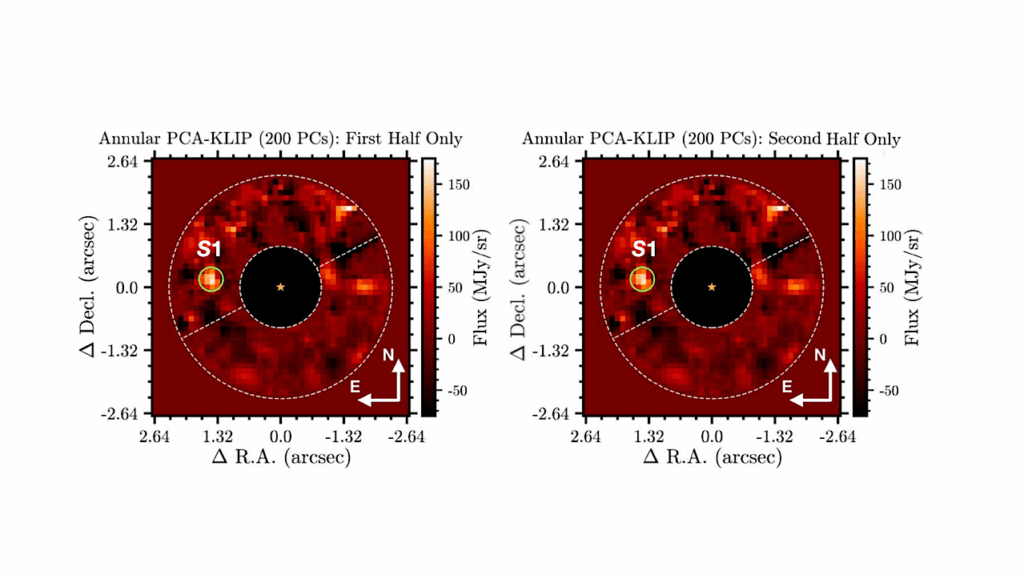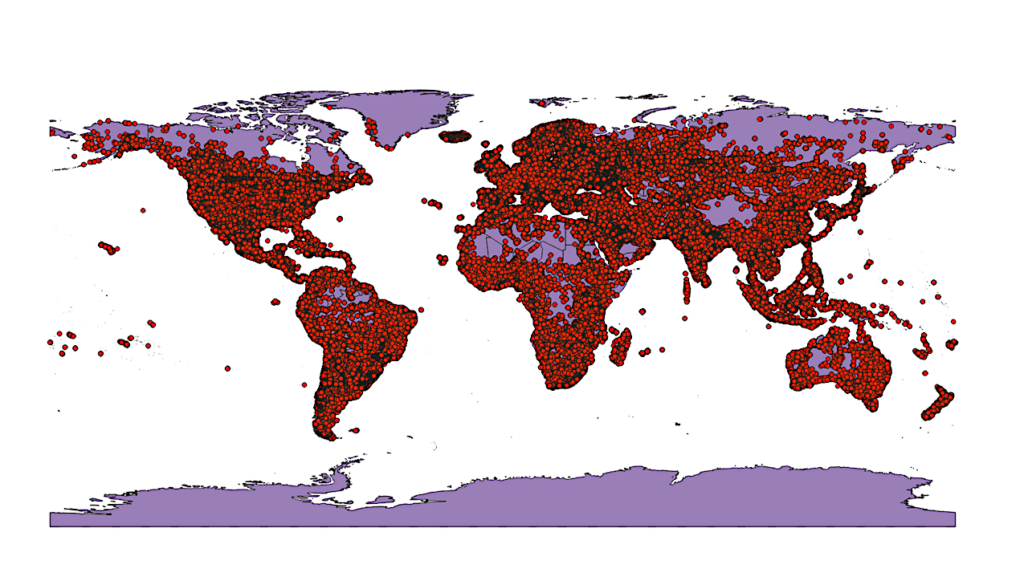A Model Earth-sized Planet In The Habitable Zone Of α Centauri A/B

The bulk chemical composition and interior structure of rocky exoplanets are of fundamental importance to understanding their long-term evolution and potential habitability.
Observations of the chemical compositions of the solar system rocky bodies and of other planetary systems have increasingly shown a concordant picture that the chemical composition of rocky planets reflects that of their host stars for refractory elements, whereas this expression breaks down for volatiles. This behavior is explained by devolatilization during planetary formation and early evolution.
Here, we apply a devolatilization model calibrated with the solar system bodies to the chemical composition of our nearest Sun-like stars — α Centauri A and B — to estimate the bulk composition of any habitable-zone rocky planet in this binary system (“α-Cen-Earth”).
Through further modeling of likely planetary interiors and early atmospheres, we find that compared to Earth, such a planet is expected to have (i) a reduced (primitive) mantle that is similarly dominated by silicates albeit enriched in carbon-bearing species (graphite/diamond); (ii) a slightly larger iron core, with a core mass fraction of 38.4+4.7−5.1 wt% (cf. Earth’s 32.5 ± 0.3 wt%); (iii) an equivalent water-storage capacity; and (iv) a CO2-CH4-H2O-dominated early atmosphere that resembles that of Archean Earth.
Further taking into account its ∼ 25% lower intrinsic radiogenic heating from long-lived radionuclides, an ancient α-Cen-Earth (∼ 1.5-2.5 Gyr older than Earth) is expected to have less efficient mantle convection and planetary resurfacing, with a potentially prolonged history of stagnant-lid regimes.
Haiyang S. Wang, Charles H. Linweaver, Sascha P. Quanz, Stephen J. Mojzsis, Trevor R. Ireland, Paolo A. Sossi, Fabian Seidler, Thierry Morel
Comments: 25 pages, 9 figures, 5 tables; submitted to an AAS journal; comments are welcome
Subjects: Earth and Planetary Astrophysics (astro-ph.EP); Solar and Stellar Astrophysics (astro-ph.SR)
Cite as: arXiv:2110.12565 [astro-ph.EP] (or arXiv:2110.12565v1 [astro-ph.EP] for this version)
Submission history
From: Haiyang Wang
[v1] Mon, 25 Oct 2021 00:50:10 UTC (1,526 KB)
https://arxiv.org/abs/2110.12565
Astrobiology,







